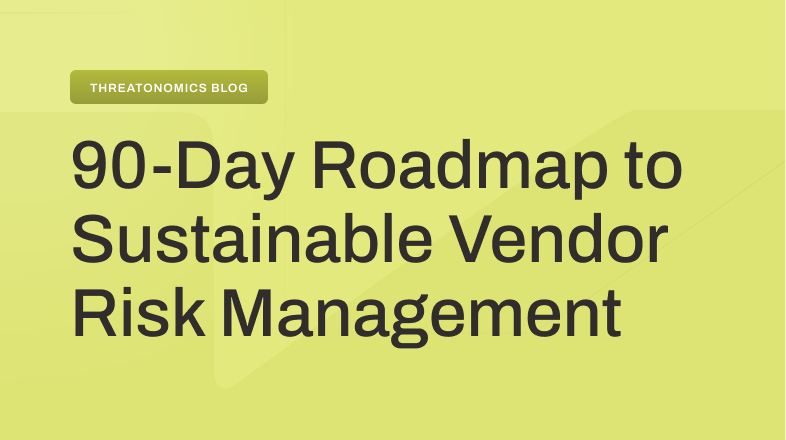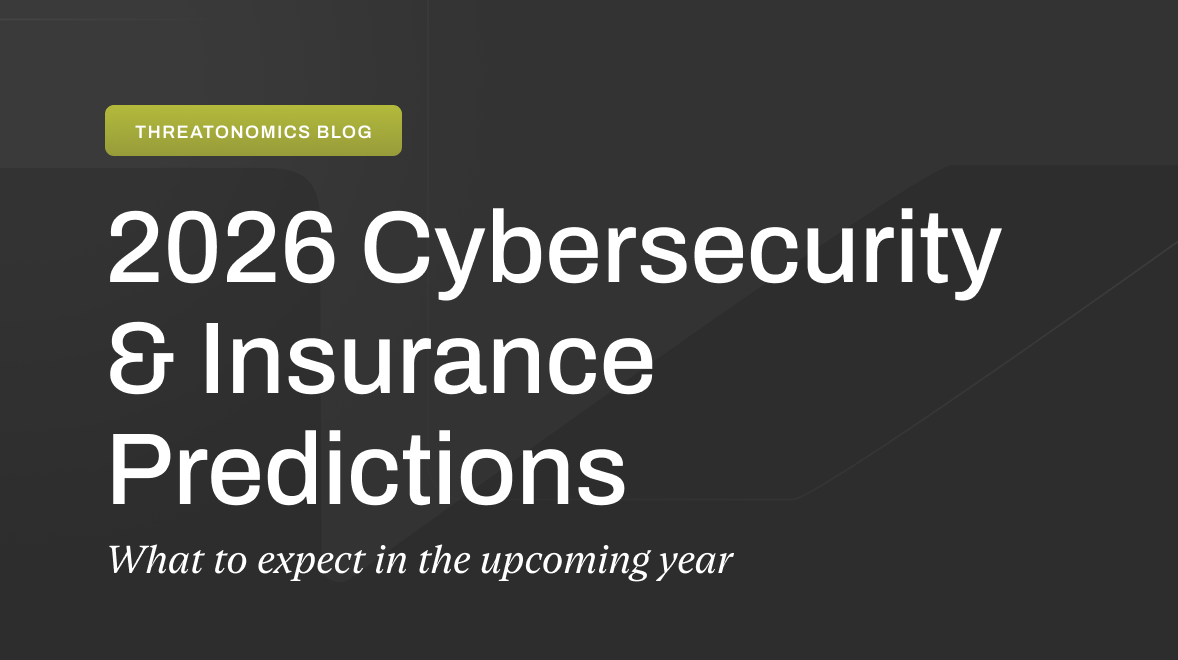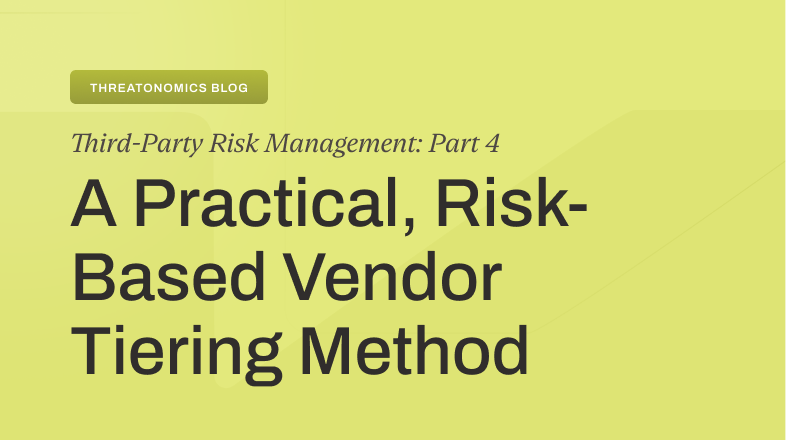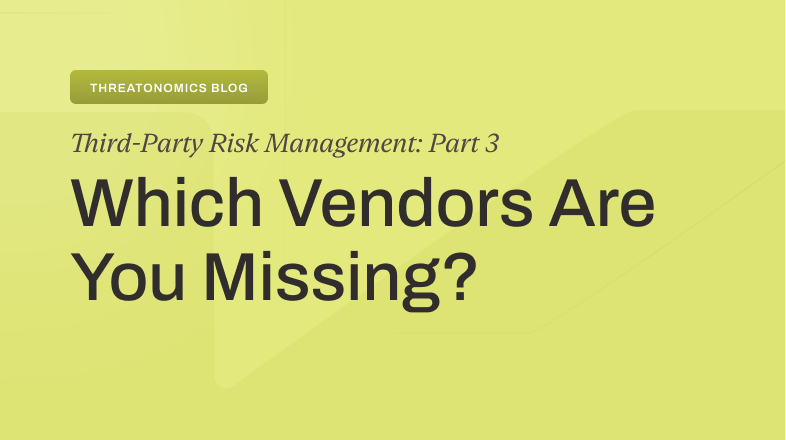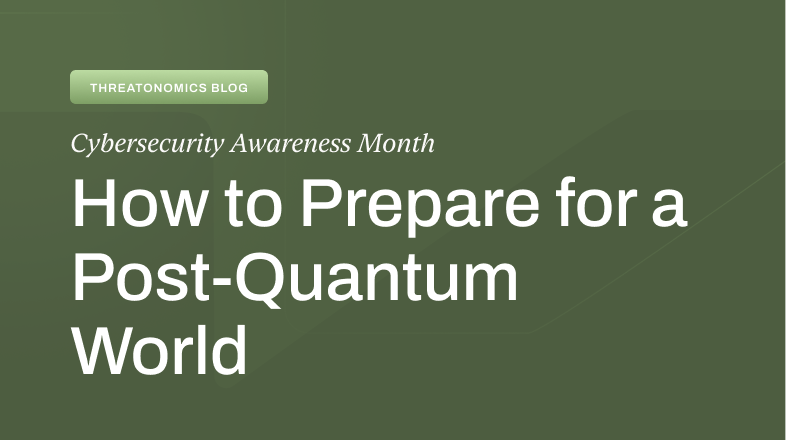Losses from third-party vendors are on the rise
The cybersecurity landscape saw a significant shift in 2024, with third-party risks emerging as a major source of cyber losses. Vendor risk management is far more than a compliance checkbox—it is a vital layer of defense in today’s cybersecurity landscape. And that’s why understanding your risk exposure from vendors through vendor risk reports is so important.
As reported in our 2024 Midyear Cyber Risk Report, over a third of our cybersecurity claims are tied to vulnerabilities stemming from third-party relationships, underscoring the importance of managing external risks. And in 2024, vendor-related ransomware incidents became a particularly significant threat, accounting for nearly 70% of claims involving ransomware attacks and 28% of material claims.
What is a vendor risk report?
A vendor risk report is a detailed assessment document that evaluates a vendor’s external cybersecurity posture, focusing on potential vulnerabilities that could expose an organization to risk. These reports typically provide a snapshot of the vendor’s attack surface at a specific point in time, identifying publicly observable risks such as exposed digital assets, misconfigurations, or outdated systems that threat actors might exploit.
A well-executed vendor risk report equips organizations to navigate these challenges effectively. By offering actionable insights, it supports strategic decisions about whether to select, renew, or terminate vendor relationships. These reports empower organizations to proactively detect and address vulnerabilities in their vendor ecosystem, providing clarity on third-party exposures that could potentially affect business operations. Additionally, they enhance overall incident response and security preparedness, helping organizations build a more resilient defense against evolving threats.
How to use vendor risk reports
Vendor risk reports aren’t just about identifying problems—they’re about driving solutions. Use them to:
- Evaluate and manage risks: Identify and address vulnerabilities in your vendor relationships.
- Support decision-making and compliance: Strengthen due diligence and demonstrate compliance with regulatory requirements.
- Enhance security preparedness: Gain a full view of third-party exposures to better prepare for potential incidents.
- Drive strategic actions: Make informed choices about vendor partnerships that align with your organization’s risk tolerance.
Benefits of an in-platform vendor risk report
Resilience’s upcoming vendor risk report (VRR) process elevates vendor risk management by integrating the creation of these reports into a streamlined, in-platform experience. This approach eliminates manual bottlenecks and improves usability, making it easier for organizations to manage third-party risks.
With on-demand access, users can generate vendor risk reports directly from the platform whenever needed, ensuring insights are always current and actionable. Simplified processes replace complex dashboards and confusing interfaces with an intuitive design tailored for ease of use. Additionally, the platform reduces noise by minimizing false positives and alert fatigue, focusing instead on meaningful and relevant exposures.
These improvements are particularly valuable for CISOs, who often grapple with overlapping tools, an overwhelming number of false positives, and time-intensive dashboards. By addressing these common challenges, Resilience’s VRR process enables CISOs to focus on what matters most: proactively managing vendor risk and strengthening their organization’s security posture.
A vendor risk report isn’t just a tool—it’s your front line in identifying vulnerabilities, mitigating exposures, and safeguarding your business from the cascading effects of third-party incidents. In a world where risks are increasingly interconnected, leveraging vendor risk reports ensures your organization stays one step ahead, turning potential vulnerabilities into opportunities for resilience.



